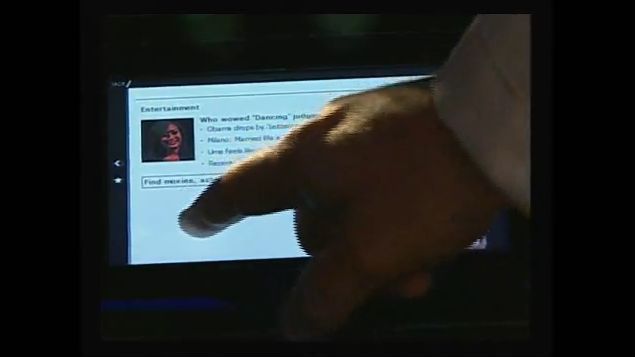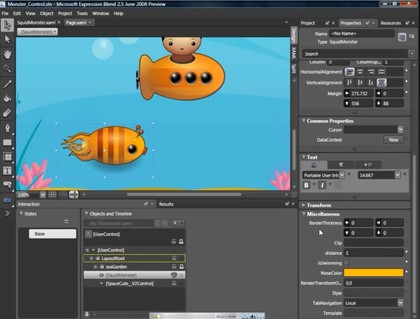What will be inside the secret Microsoft tablet?
Courier isn't real, but Microsoft's tablet plans are
If Courier is a dedicated note-taking device, Microsoft wouldn't want users accidentally closing the application, although one way round this would be to use the newly released embedded version of Windows 7 (which you can expect to see in ATMs and kiosks next year).
More importantly, even an Atom processor would struggle to deliver the battery life you'd need to make this kind of device useful, especially driving two screens. And even the tiny OQO 2+ is an inch thick and a pound heavy; two of those would be less like a Moleskine notebook and more like a hardback book. Plus the mobile phone integration is much slicker than anything that Windows currently delivers.
That makes it more likely that a real Courier would use processors designed for smartphones and MIDs, like Qualcomm's 1GHz Snapdragon or the new 2GHz ARM chip.
Could Courier be based on Windows Mobile 7? It's possible; the 1GHz Snapdragon is powerful enough to do basic video editing with on the Toshiba TG01, so it could do handwriting recognition.
Like Zune, Windows Mobile is built on top of Windows CE and Microsoft has just put Silverlight into Windows Embedded CE 6.0 R3, along with touch gestures and the same version of Internet Explorer as the Zune HD -which could enable the kind of impressive user interface shown in the Courier video.
It also uses Device Stage to connect to Windows 7, meaning you'd be able to sync notes to a PC.
Kevin Dallas, general manager of the Windows Embedded business unit, suggests that the new version is ideal for what he calls 'consumer Internet devices (CIDs)'; he describes them as falling "between smartphones and the full-featured, small Windows-based notebooks", which makes them sound like Intel's Mobile Internet Devices (MIDs) and Qualcomm's Smartbook idea – or like Courier.
Get daily insight, inspiration and deals in your inbox
Sign up for breaking news, reviews, opinion, top tech deals, and more.
Systems integrator Adeneo used CE 6.0 R3 to build a slim tablet with a XAML-based touch interface from UI designers Infragistics that was shown off at the Embedded Systems Conference in Boston last week; it's not a slick as the Courier video, and it only has one screen, but it's much closer to the size of the hypothetical Courier device.

TOUCH IT: The Adoneo Silverlight-enabled 'Consumer Internet Device' with a touch interface, on stage in Boston; it's not Courier but it's closer than anything else so far
On the other hand, Microsoft's many years of expertise with handwriting recognition and ink functionality is based on Windows – and the Windows kernel team is currently engaged on rewriting the Windows 7 kernel to scale down to processors like the ARM (as well as to scale up to supercomputers and cloud computing).
That means there's another alternative: there's going to be a version of Windows for smaller devices, but Microsoft might also create something more like the Xbox operating system for mobile devices.
Xbox uses a modified version of the Windows NT kernel that runs only one application at a time (either the Xbox dashboard or an app launched by the dashboard as it exits).

NEW APPS: Developers will be able to create Silverlight apps for CIDs in the same tools they use to build Windows apps and Silverlight for the Web, which could mean lots of slick apps
A custom kernel and OS would make it more likely that Microsoft would sell a Courier tablet under its own brand, like Xbox; if it's more closely based on the PC or Windows Mobile platform, several manufacturers might launch devices.
There are many ways that Microsoft could create a platform that devices like Courier could be built on. Popular as the Courier video has proven, don't expect anything exactly like it any time soon.
That said, don't expect Microsoft, which has had touch computing and ink input since Windows for Pen Computing for Windows 3.11, to leave the tablet space to Apple and Intel, either.
Mary (Twitter, Google+, website) started her career at Future Publishing, saw the AOL meltdown first hand the first time around when she ran the AOL UK computing channel, and she's been a freelance tech writer for over a decade. She's used every version of Windows and Office released, and every smartphone too, but she's still looking for the perfect tablet. Yes, she really does have USB earrings.